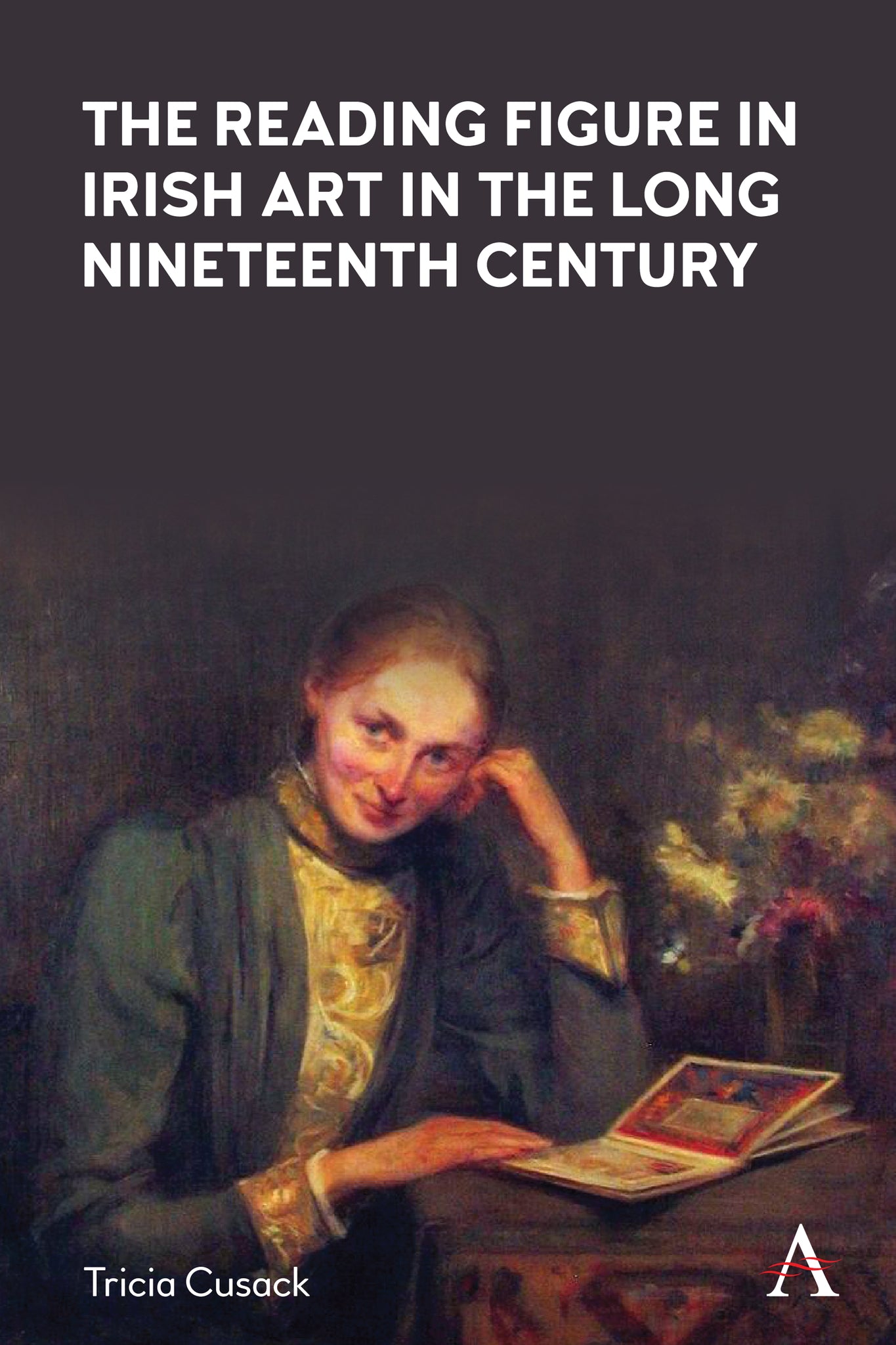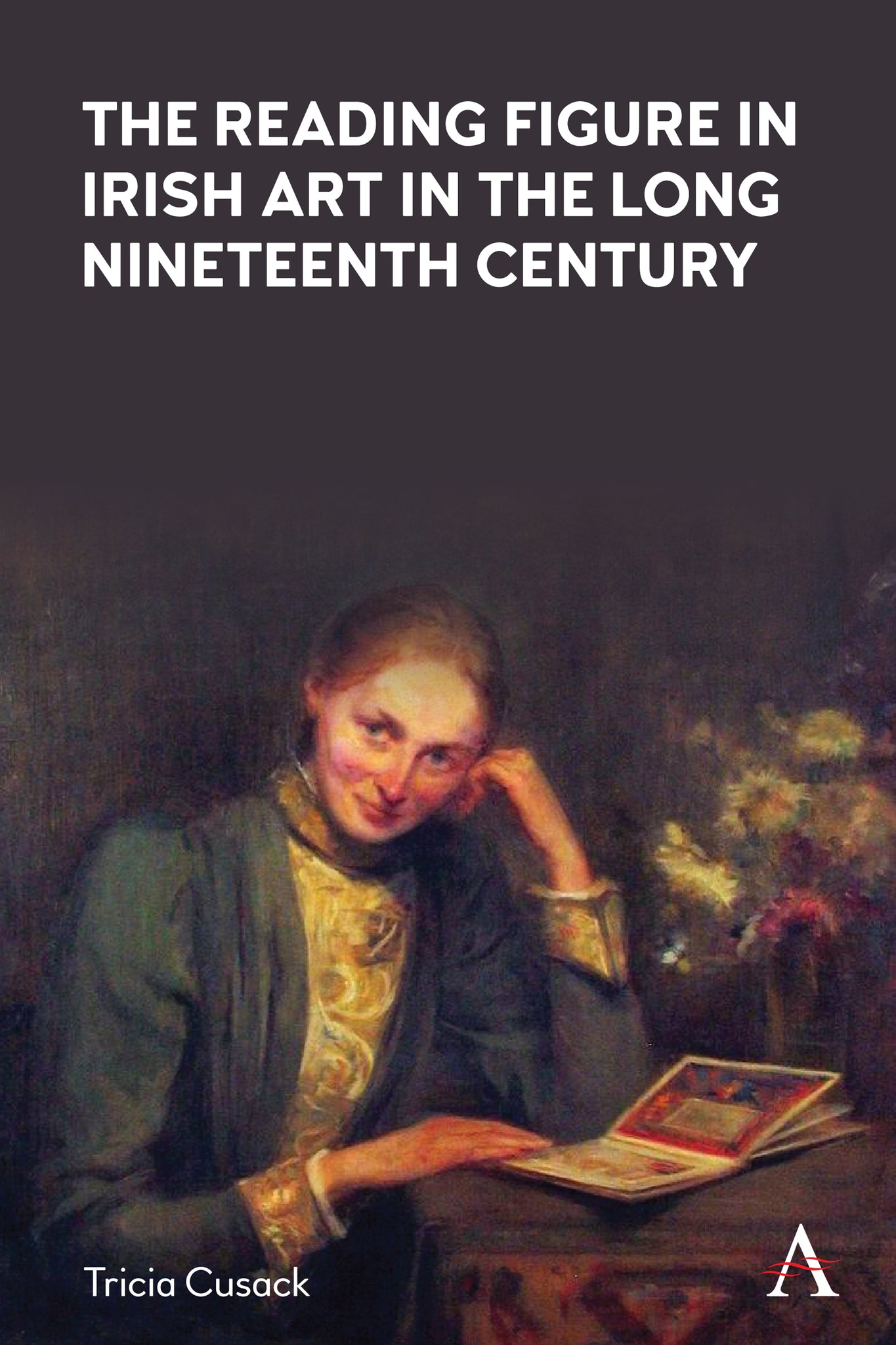We're sorry. An error has occurred
Please cancel or retry.
The Reading Figure in Irish Art in the Long Nineteenth Century

Some error occured while loading the Quick View. Please close the Quick View and try reloading the page.
Couldn't load pickup availability
- Format:
-
01 February 2022

The reading figure has been a recurrent theme in Western art but especially from the nineteenth century. This book examines Irish portraits during the long nineteenth century in which people are shown reading or holding a book. It explores different values ascribed to reading and contemporary constructions of the reader. The selected pictures are by artists born, trained, or practising in Ireland. 'Irish art' is, therefore, used broadly to include work framed in some way by experience of Ireland and its history, culture, and politics. This was a time of large social and cultural shifts for Ireland, and a period when books and other reading, including Irish novels, were often published in London. Many of the artists and sitters discussed were Anglo-Irish Protestants. Both Imperial and nationalist ideologues tended to devalue reading, especially fiction, as an unmanly occupation. Nonetheless, some men are depicted reading and failing to embody a manly attitude. The spread of the novel, and the introduction of ‘silent reading’ allowed women of the middle and upper classes, often Anglo-Irish, to engage with a range of imaginative reading materials, secure from patriarchal surveillance. Visual images of women as serious readers drew on and contributed to the emergence of the ‘New Woman’ in Ireland.

ART / History / General, History of art, ART / Subjects & Themes / Portraits, ART / Women Artists, Portraits and self-portraiture in the arts, Individual artists, art monographs, Gender studies: women and girls

‘Cusack’s book draws the reader into an imaginary world of readers, contextualizing representations of mostly women readers through larger concepts of class, cultural, and gender identities in modern Ireland. With a prevalence of women artists representing female sitters, Cusack probes aesthetic and iconographic strategies for representing interiorized thought while deflecting penetrability in the era of the New Woman.’ — Dr. Emily Burns, Auburn University, US



